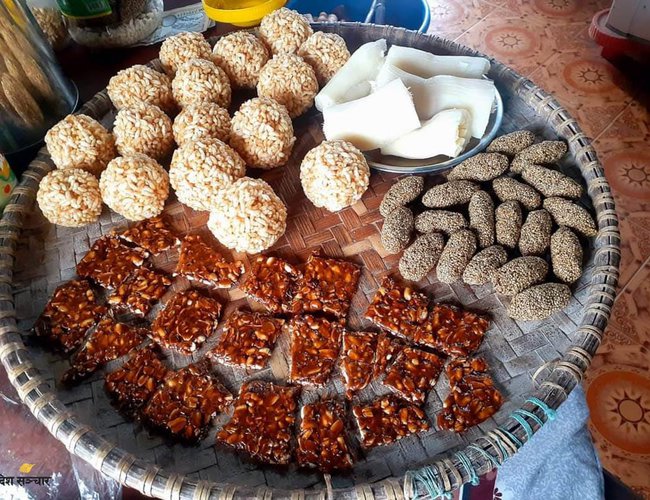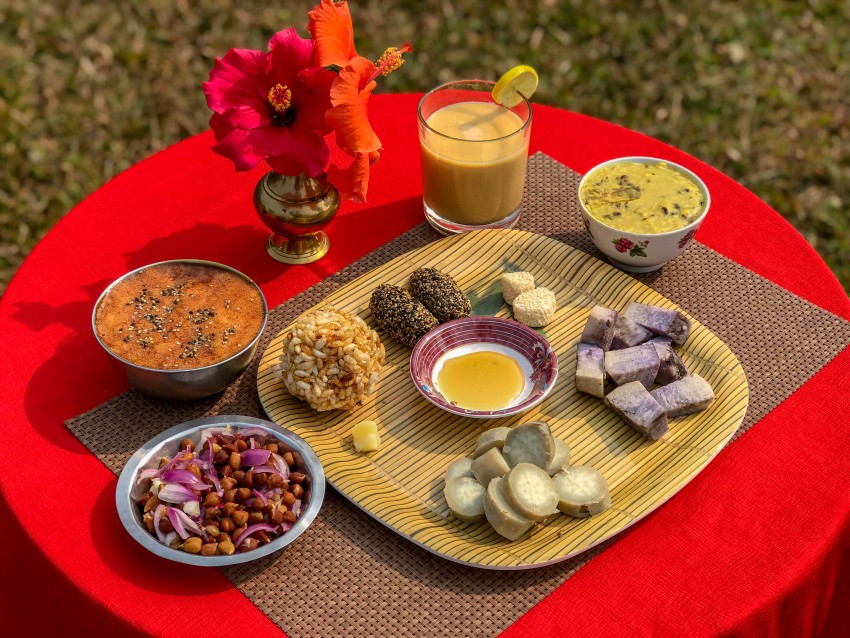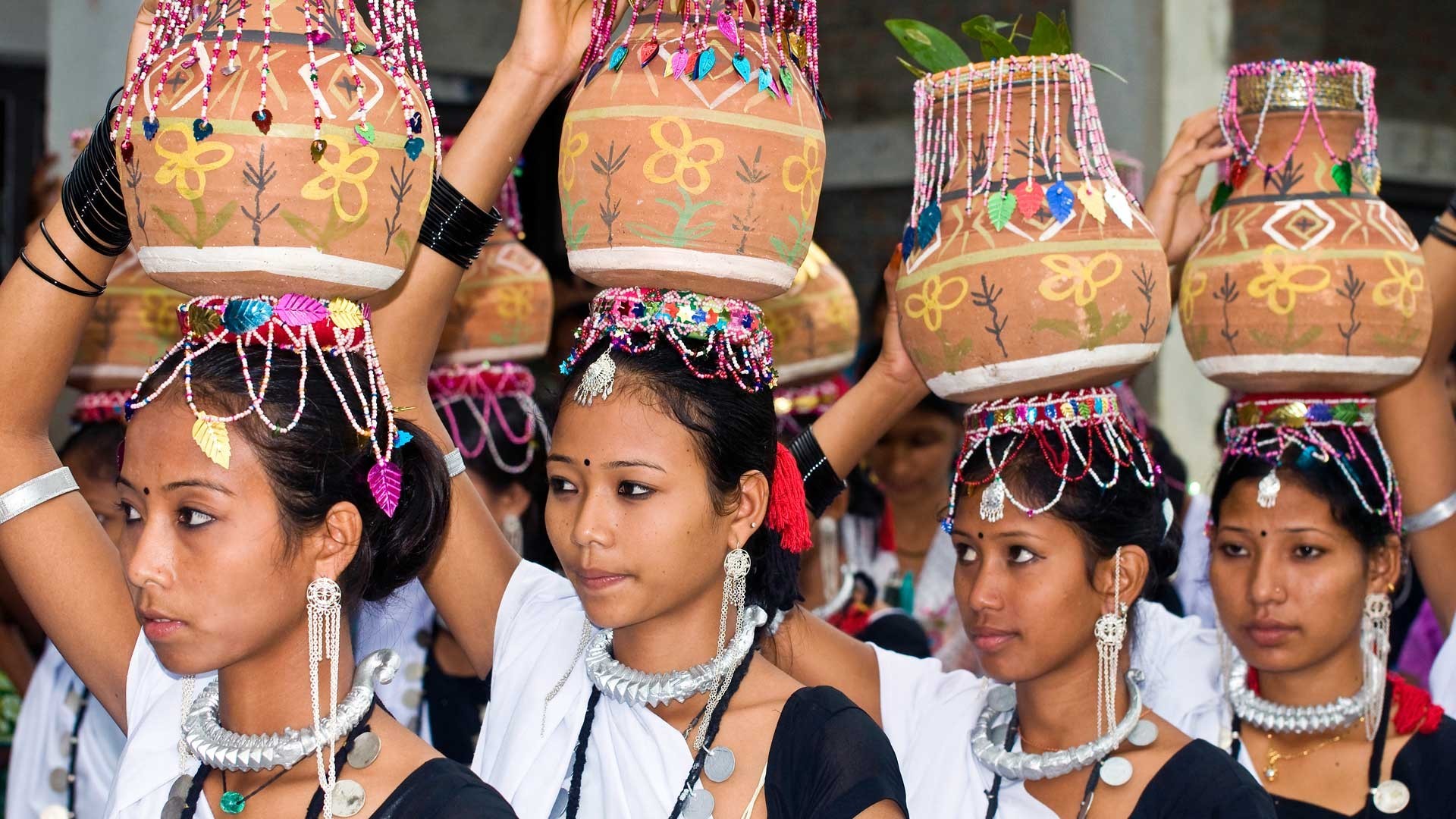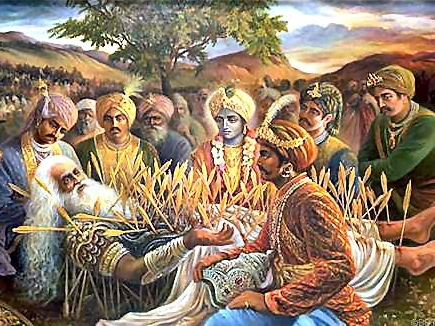Marking the end of the chilly month of Poush, the festival of Maghe Sankranti portends longer and generally warmer days. The sun is thought to be moving towards the Northern Hemisphere from this day onwards. The people of Nepal's plains celebrate Maghe Sankranti, also known as Makar Sankranti, as the sun moves towards the zodiac sign, Cancer (Makar), on this day. Farmers complete all of their work in their farms, return home, and celebrate this festival together with their families.

Maghe Sankranti marks the beginning of the milder spring season and the termination of the cold winter. In Nepal's hilly regions, Maghe Sankranti is observed in a distinctive manner. Cooking delectable delicacies and participating in various cultural dances and songs is how they celebrate this event. Due to an old notion, people take baths and massages with mustard oil on the same day. Another tradition is preparing sweet potatoes and cassava (Tarul) on this day.

Nepalese people indulge in a feast of foods, that are considered lucky, to keep their bodies warm. These foods include green leafy spinach, sweet potatoes, khichari (combination of grains and lentils), chaku (molasses), and til laddoos (sesame cakes). People believe that massaging their bodies with mustard oil or, at the very least, consuming these “lucky” foods will keep their bodies warm and healthier in the winter. In the Newari community, Ghee Chaku Sahnu is another name for Maghe Sankranti, which was given to the festival in honor of the cuisine. The daughters are invited to their parents' home for blessings, a feast, and also as a large family reunion.

By certain measures, Buddhist adherents also value this day highly. Shakyas and Bajracharyas people undertake a rite called Samyak Dan on this auspicious day. It is a charitable function that typically takes place in Bhaktapur's Na: Pukhu. The lunar calendar is consulted for important religious celebrations in Nepal. Because of this, the dates for Samyak Dan could change.

The Tharu community observes Maghi, or the New Year, on the first day of Magh in the Terai. They gather with family and friends, attend community gatherings called melas, have a feast, dress in traditional Tharu attire, drink and have a good time throughout the festival, which lasts for a week.

Legend has it that a businessman from Bhadgaun (now Bhaktapur) was prospering. Sesame was selling well for him, but there was always its scarcity. He discovered the Lord Vishnu idol while cleaning the stockpile, hidden beneath the seeds. The idol was then revered as Til Madhav Idol. It was thought that by worshiping this idol, Bhaktapur would be blessed with plenty of food, wealth, and prosperity.

Bhismapitamaha, the son of the Ganga and the ruler Santanu in the Epic Mahabharata, is thought to have had the control over his death (Icchya Mrityu). (Mahabharat is the longest epic ever written and is a Hindu classic.) On this day, Bhisma found the wisdom of the difference between life and death as he was resting in the bed of arrows that Arjun had shot. Anyone who dies on this day is considered to have ascended heaven.
In the Taruka village of Nepal, bullfighting takes place on the first day of Magh. Numerous residents of the neighboring villages travel to the Taruka village of Nuwakot for this event to see the bullfighting. As part of the yearly celebration of Maghe Sankranti, the bulls are prepared and trained by the people before being let to fight in a plain land near Chandani in Taruka village. When the bull is worn out and spent, the competition is over, and the owner of the best-performing bull receives cash and certificates. According to legend, Bajhangi King Jaya Prithvi Bahadur Singh brought bullfighting to Taruka as a form of entertainment. This has been a custom in many places in Nuwakot for more than a century.

Maghe Sankranti means different things to the people of different communities. But, it comes with the promise of good beginnings and the end of hardships.
Photo Credits: www.holidaystonepal.com, www.photo.ntb.gov.np, www.afpbb.com, www.bhaktapur.com, www.lalitpurkhabar.com, www.ojtreks.com, www.spotlightnepal.com, www.kathmandupost.com
Also Read: